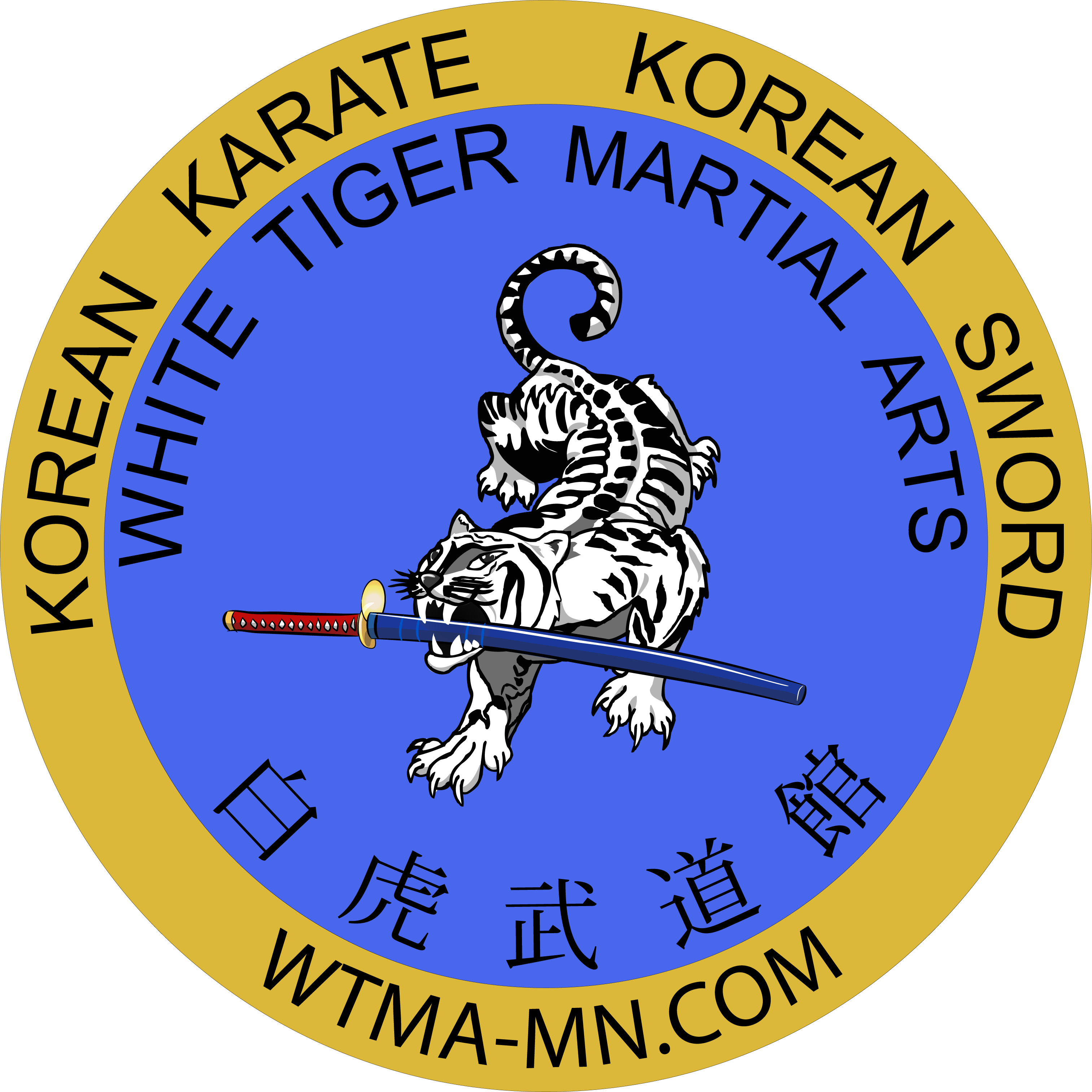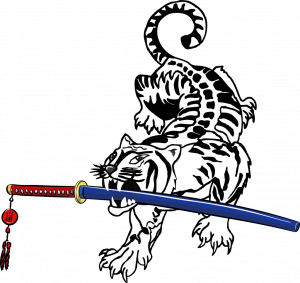Aikido master Endō Seishirō shihan stated:
“It is known that, when we learn or train in something, we pass through the stages of shu, ha, and ri. These stages are explained as follows. In shu, we repeat the forms and discipline ourselves so that our bodies absorb the forms that our forebears created. We remain faithful to these forms with no deviation. Next, in the stage of ha, once we have disciplined ourselves to acquire the forms and movements, we make innovations. In this process the forms may be broken and discarded. Finally, in ri, we completely depart from the forms, open the door to creative technique, and arrive in a place where we act in accordance with what our heart/mind desires, unhindered while not overstepping laws.”
Well, I’m not sure what the Korean version of this concept is but I know that it’s within our training. The simple version of this can be seen inn the forms done. Here’s a couple videos to use as an example.
First, the video of Yedo 6 in our student area to help learn the form.
Now the video of Kwanjangnim Jeong Woo Kim demonstrating the same form.
Now, the differences are obvious but do you understand what why they are? It has taken me many years to recognize these points. It started with my Taekwondo as I started to develop the Chung Bong hyungs. I was given a structure and pattern, which had specific techniques, as the starting point. As I asked myself, “If every movement has meaning, then what and why am I doing?”, it transferred into asking seniors these questions. As I found fewer and fewer who were willing to provide answers, I started digging deeper on tangent items such as history and connected arts.
We often hear that you need to make the art “your own” and develop your understanding of the art. The videos above are good illustrations of this concept. When I made our student video, the focus was on the proper performance of the pattern. Watching KJN Kim do the form shows how to do perform with intent (showing the fight).
I think that the student video illustrates the “shu” portion of the title term and KJN Kim shows the “ha” portion of the title. The “ri” version is seen when you get to directly watch a person train. I’ll attest to this from having worked…and watched…KJN Kim over the past five years during our Master’s training.
It is unfortunate that we get caught up in doing “instructional” or “learning” versions of the forms and techniques. There is much more to review as we continue to train. The easiest version is to develop speed within techniques and demonstrate the “fight” within the form. We get stuck, too often, in the instructional mode. This is a key component to becoming a true martial artist.
Author: Master Robert Frankovich
As you read and enjoy the posts on this site, please consider “sharing” them! The “likes” help generate additional readership but “sharing” will help even more! Thank you for your assistance!
If you have questions, please feel free to contact me!


